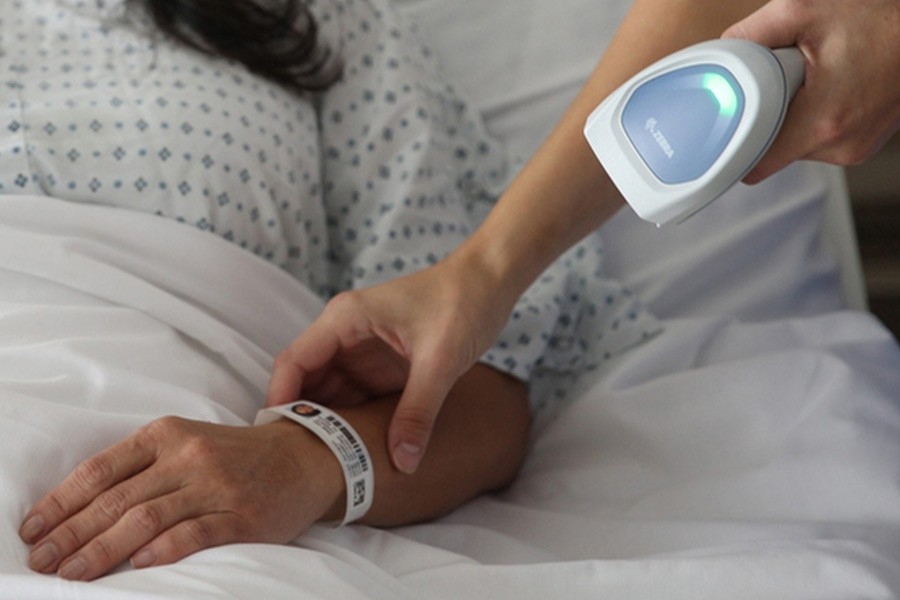
Wireless RFID and Barcode Scanners Can Streamline Processes and Improve Accuracy, Saving Lives
Healthcare is one industry that cannot afford to stay still for long. If it weren’t for advances in medicine leeches, cocaine, heroin and mercury might still be something for a doctor to recommend. But medicine and treatment are not the only areas of healthcare with room to grow. The way that hospitals are run has boundless room for improvement. A more efficient model for hospital administration can save money and reduce the number of errors and ensure timelier, more effective treatment. Using existing enterprise mobile technology with new and cutting-edge data collection systems, tools such as a wireless barcode scanner or RFID reader can streamline many aspects of hospital administration without sacrificing accuracy—in fact, accuracy is shown to be improved when using such solutions.
It Starts at Admission—or Sooner
When it comes to rethinking hospital administration, the obvious starting point is the point-of-admission. Admission bracelets that have a barcode printed on them have become common place. Some hospitals have adopted bracelets that use RFID, or radio frequency identification, to help keep a closer eye on a patient while they move through the hospital. Unlike with barcodes, an RFID tag is rewritable; this means that the information on it is not static, but can an RFID reader can modify it. A barcode bracelet can allow access to patient information via a scanner but the information is only as up-to-date as the database. If wireless connectivity is an issue as in older buildings the RFID tag becomes preferable. This is because up-to-date information is accessible directly through the tag.
However, this upgrade in the way tasks are done can begin before patient admission to hospital. It can start with the ambulance. For patients who go through admission after receiving aid by paramedics, treatment doesn’t begin at the hospital, and neither should the treatment history. It’s not uncommon to overlook treatment at the scene or in the ambulance at a later point. By issuing the barcode or RFID bracelet during early treatment, the treatment history record is all in one place. This allows for doctors and nurses to see a complete picture of treatment as well as symptoms at every stage.
Other Uses
Barcodes and RFID tags have plenty more uses in a hospital environment. They enable specimen collection, pharmacy and inventory tracking and more. In all of these cases, a powerful and portable wireless barcode scanner or RFID reader becomes the hospital greatest tool. It should always have support of a mobility strategy to ensures productivity.
Try our free online Barcode Generator.


